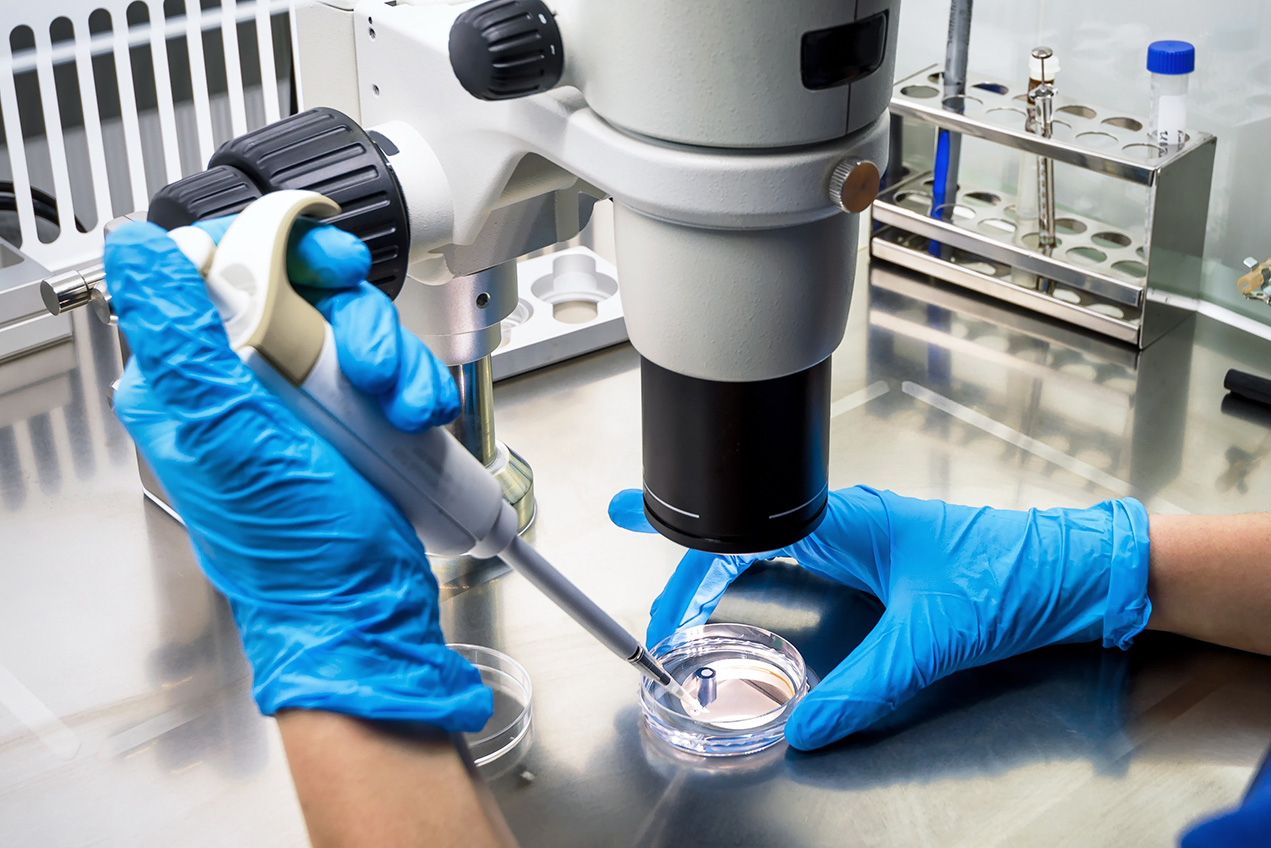Each day, USC’s faculty and students work to show the impact that one of the nation’s leading research institutions can have. Here are some of 2019’s top stories that highlight their groundbreaking research.
Pollution and changes in the brain
Memory problems and Alzheimer’s-like brain changes may be a result of breathing fine particle pollution. That’s what was found in a study by Andrew Petkus, MD, PhD, assistant professor of clinical neurology at the Keck School of Medicine of USC, and Diana Younan, PhD, MPH, a senior research associate in preventive medicine at the Keck School. The researchers used data from 998 women, aged 73 to 87, who had up to two brain scans five years apart and combined that with residential histories and environmental data from those locations. Researchers could then see the association between higher pollution exposure, brain changes and memory problems — even after adjusting to account for differences in income, education, race, geographic region, cigarette smoking and other factors.
The many dangers of vaping
Four studies by Adam Leventhal, PhD, professor of preventive medicine at the Keck School and director of the USC Institute for Addiction Science, characterized the scope of the teen vaping epidemic and shaped the conversation around proposed federal regulations on e-cigarettes. Among the findings: Mint, rather than fruit or candy flavors, is preferred by teens and thus any regulations that exclude it would likely be ineffective. Also, e-cigs aren’t a deterrent to teen smoking, and teens who try flavored e-cigs are more likely to not only continue using the products but use them more heavily.
Read more. Additional reading here and here.
Batteries, babies — and lead
An innovative study by Jill Johnston, PhD, an assistant professor of preventive medicine at the Keck School, found lead in the baby teeth of children living near a former battery plant in Vernon. For USC’s “Truth Fairy” study, researchers collected 50 teeth from 43 children in five communities: Boyle Heights, Maywood, East L.A., Commerce and Huntington Park. Using laser ablation and an analytical technique for molecular-level information, the researchers were able to look at the teeth layer by layer. Their findings were matched with soil contamination data from the California Department of Toxic Substances Control. Communities with the highest soil lead levels also had the highest lead levels in teeth.
Stem cell research reaches inflection point
After more than a decade of foundational research, stem cell cures are coming, offering hope for millions of people in the form of gene therapies, better drugs and precision medicine. The cures may be coming slowly, but science has reached an inflection point where research is moving into human clinical trials and toward commercial biomedical application. At USC, projects range from addressing macular degeneration, understanding kidney development, engineering new bone and performing large drug screens on cells derived from patients with Lou Gehrig’s disease (ALS).
Coral restoration
USC researchers have discovered that corals can pass on their reshuffled symbiotic algae, which may help their offspring withstand climate change. No one knew that before, although how they do it is still a mystery. About half the world’s coral has been lost due to warming seas, yet the researchers are hopeful they might evolve and adapt — given enough time.
Vulnerability to addiction
Antoine Bechara, PhD, professor of psychology at the USC Dornsife College of Letters, Arts and Sciences, and colleagues published a study on why certain brains are more vulnerable to addiction. The researchers brought together evidence showing the most vulnerable have abnormal functioning in neurocognitive systems. They say that, during more than three decades of research on drug use, little attention was paid to the importance of the prefrontal cortex — which is key for self-regulation, long-term goal setting, impulse control and the ability to predict consequences of behavior — in deciding to take drugs in the first place.
Low rates of specialty care for dementia patients
Julie Zissimopoulos, PhD, director of the Aging and Cognition program at the USC Leonard D. Schaeffer Center for Health Policy & Economics, and colleagues published the first large study to examine the diagnosis of dementia in older Americans over time. Following Medicare recipients for five years, they found the vast majority never meet with a dementia specialist and are instead overwhelmingly diagnosed and cared for by nonspecialists. The study also found that Hispanic and Asian patients were less likely to have a follow-up visit about their diagnosis compared to white and African American patients. According to study authors, without identification of dementia type, patients and their families are potentially missing out on important discussions about care and managing their diagnosis.
— Emily Gersema, Leigh Hopper, Jenesse Miller and Gary Polakovic


